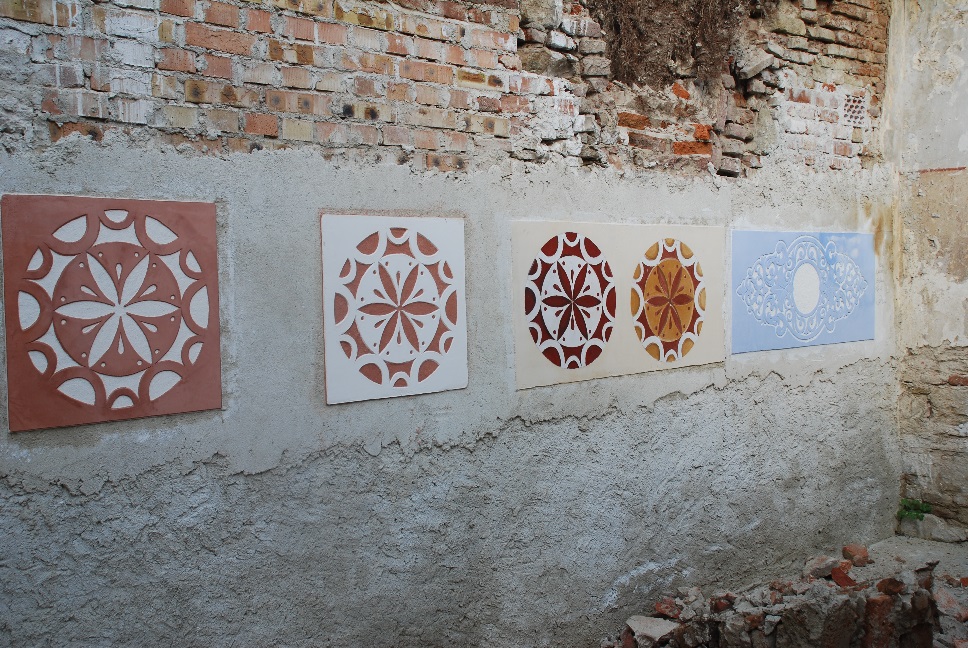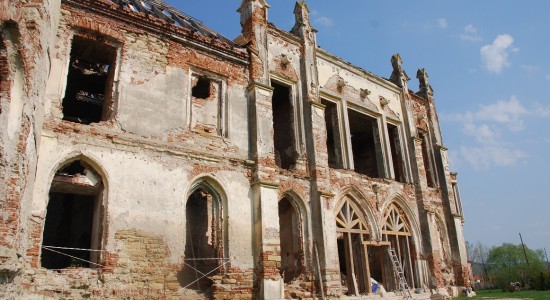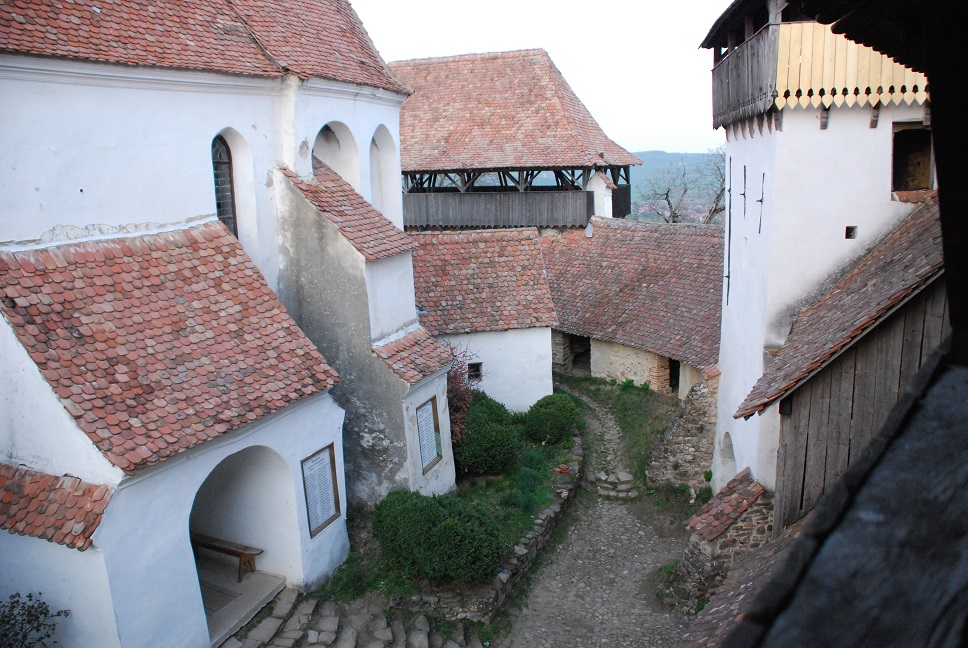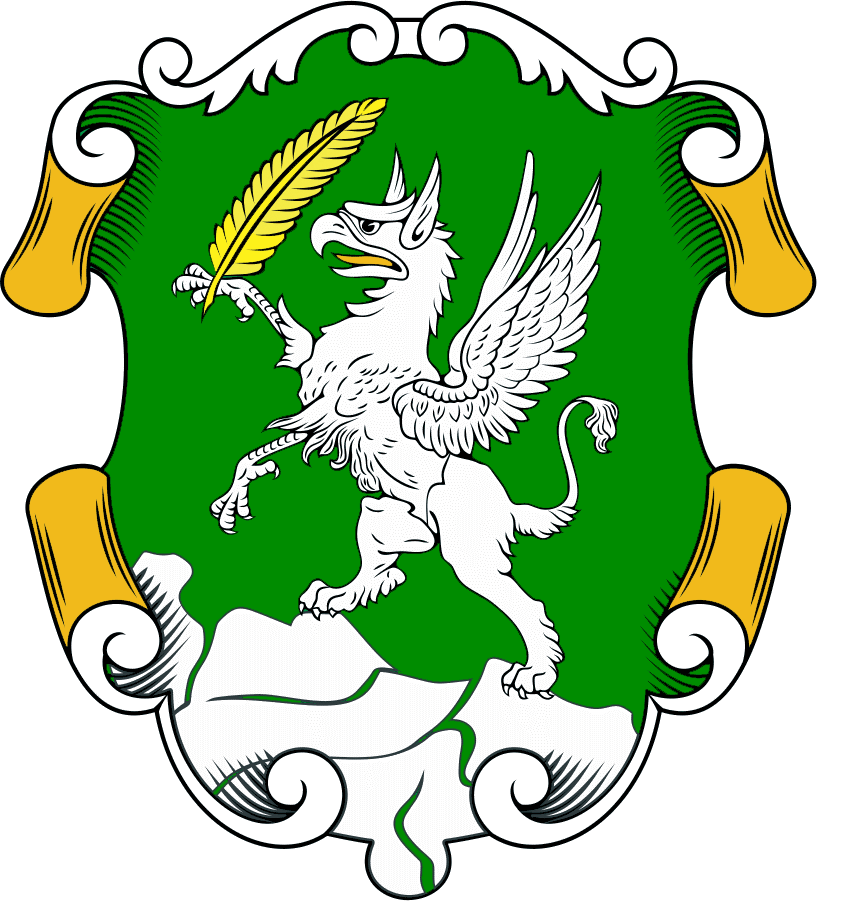

The villages of Romania, particularly those in Southern Saxon Transylvania, are a unique survival.
These villages, the hay meadows and the forests which surround them are a last outpost of a central European Medieval landscape, forming a vast and extraordinary ensemble stretching for 100 miles from East to West, and about 60 miles from North to South. The architecture is of very gentle and unique nature, or was until recently, built using stone from the nearby hills, lime from local kilns, oak from the deep forests and handmade bricks and tiles by the Romanians who lived in the area.
Though similar to its neighbors, every village has specific architectural motifs, particularly noticeable in the decorative plasterwork on the facades but also, to the expert eye, in the woodwork of the grand oak-beamed barns, the fine stone and metal works, carved windows and the fretted gates of the houses. Whilst there are substantial funds from the European Union for agricultural projects in Romania, sources are scarce for saving the village architecture, unique both for its historic value and significant economic potential to the Romanian economy.
If the common notion is that the ‘developing world’ had much to benefit from heritage preservation for local growth and development, one that GHF initially adopted as its focal area of work, this term is no longer relevant since the ‘culture call’ has beckoned in developed countries as well, and more relevant than ever, in Europe and in China.
What we’re seeing in such regions today is the same series of challenges in the preservation of cultural heritage – the lack of jobs alongside the slowing economies, the challenges of sustainable tourism with lacking methodology and regulation. Add to that a disconnection on the part of local communities and a loss of this sense of ‘pride of place’, ultimately leading to sites being scraped and commercial centers rising with hope and anticipation for growth.
Historic architecture in this part of Romania has faced a number of challenges stemming from various pressures. This includes ongoing neglect, with a great number of Romanians working abroad, an unequal distribution of funds going mostly to agricultural grants and a lack thereof in preservation projects. The architectural landscape is further threatened by the stripping of traditional tiles intended for foreign sale as well as uncontrolled development which is evident in the unauthorized destruction of historic homes due to the ever increasing availability of cheap, modern construction materials.
Building from the bottom up
GHF is working with the Anglo Romanian Trust for Traditional Architecture (ARTTA) founded by William Blacker as well as Association Momentum, an organization run by conservation architect Mr. Eugen Vaida. The project brings together an interesting spectrum of partners including 25 town halls, the Romanian National Network for Rural Development, the local Directorates of the Ministry of Culture for the Regions of Brasov, Sibiu and Mures and The National Astra Museum in Sibiu.
“There is a great challenge in finding hand-made, traditional terracotta tiles. Nowadays they are produced only in small numbers and the art of making them is under threat since there are very few traditional makers left”, notes William Blacker. Being a precise and delicate technology, if the knowledge is lost it will be almost impossible to recreate. Historically, every village in the region had a kiln, but today there are very few craftsmen left with the skills to run them, making it essential to train the next generation.
The ‘community development’ angle of this project relies on local labor and the teaching of traditional techniques to local communities. In order to preserve the homes, a special campaign was launched for the construction of a new kiln, leveraging the expertise of the existing tile makers who will partake in the business and train a new generation of tile makers, who will be able to supply the increasing demand for these materials and earn a decent and respectable living.
A multitude of local laborers are employed in this project, including for various basic skill construction and labor work. It is hoped that with the completion of the new kiln, expected early this summer, that permanent jobs will be assigned and the training of new kiln masters will begin.
If the historic structures are preserved using authentic techniques and development is sustainably managed, the value to the local communities and to Romania as a whole, in terms of tourism potential, would be significant. This, combined with efforts to promote locally produced organic food and protect the medieval hay meadows could transformTransylvania into a model for conservation of architecture and countryside.

The business of cultural heritage
How it all comes together is based on GHF’s holistic methodology called Preservation by Design™ which is composed of 4 key pillars: conservation science, planning, partnership and community development. When we look at some of the world’s most visited sites, usually, what we find is that one of these pillars is either improperly managed, weak in regulation or completely absent from the strategy. In the end, the only way to ensure the long-term sustainability of a site is by integrating each of these elements otherwise, any preservation project, no matter how great the vision, will be short lived in sustainability.
The rise of heritage philanthropy has been prominent in recent years, taking shape in many ‘corporate responsibility’ programs, now an integral part of any multinational organization that respects itself. This is also evident in Italy – a country rich in cultural heritage and a long list of ‘at risk’ cultural resources – where luxury brands such as Tod’s and Bvlgari are answering the ‘culture call’ are ‘adopting’ heritage sites and sponsoring their preservation.
Without such sponsorships, most likely the government would assume responsibility and allocate emergency funds or alternatively, request assistance from the European Union. Still, these independent philanthropic initiatives indicate a conscience awareness of the value of heritage and the importance of protecting what is Italian by nature, also suggesting the importance of pride of place.
Similar initiatives are noted at some of GHF’s project sites. GHF’s sponsors include private investors who view preservation of cultural history as a way to advance societies, promote education and create economic engines. As key figures themselves in galvanizing growth and investment, these heritage philanthropists view the involvement of local communities as a key part of the equation in GHF’s heritage economics model.
Bringing in a foreign team with the skills and expertise is relatively easy if the project is well defined and the excavations contribute to human knowledge but looking beyond this, if locals are ‘walled out’ of the project, there will be no connection to the site from a community standpoint and no benefits to the local economy.
Engaging the local community also bears an emotional footprint which means that they need to be a part of the discussions between partners and government on how to preserve their heritage, its value to their livelihood and what collaborative actions need to be taken to execute the project and define regulations. Such initiatives require time and planning and they do not always form the groundwork for every preservation project.
To overcome this challenge in Romania, GHF has chosen the village of Biertan as part of a developing initiative with the Romanian bank, Banca Comerciala Româna
(BCR). Biertan will serve as a prototype for community engagement guided by a master plan to be developed by GHF for the commune’s historic resources. This master plan will address items such as heritage value, sustainable tourism and management and plans to integrate Romanian and Roma (Gypsy) heritage in the Saxon villages.
No matter what the scope is of a preservation project, the official stakeholders of any site are the surrounding community. Factoring them in allows GHF to effectively calculate the human capacity and economic impact of the project, for example: how many new jobs are introduced, what skills are available and what kind of training is needed, what intangible heritage can be leveraged to diversify income.

In the case of Romania, while professional guidance is provided by a U.K. team, local laborers are the official contractors to execute the project, first and foremost to kick start the local economy, and secondly, they essentially possess the know-how and experience to perform the work on site. In addition, the craft of traditional tiles and bricks is not merely preserved but also cultivated and taught to a new generation who also acquire new skills, work opportunities and obtain a more cohesive sense of cultural identity.
What the project has to offer to local villagers may be best explained through the story of Alin Kenst, a young man from Apos, Romania.
He has been permanently involved in the kiln project from the onset, taking care of everyday tasks and the actual construction. While his job as a day laborer in Spain helped to send money home, the project in Romania offers him a firmer sense of security. The duration of winter was spent caretaking for the project’s sole horse used to mill the clay, a job that secured sixty euros per month. With his earnings, and for the first time in many years, he was able to purchase one half of a pig for the Christmas holiday. Small change for some, but a big help for Alin and his family. Having no educational background or specific skills, his monthly stipend – 140 euros in total – allows him to live decently and purchase the required medications for his mother.
The preservation model at the Carpathian Villages is built on the success of other ‘tried and tested’ GHF projects including Gobekli Tepe, the site of the world’s oldest known temple in Turkey. There, fifty local laborers have constructed a temporary shelter which currently protects the excavation areas and the site entire from external pressures such as weather and potential looting. The ‘human impact’ factor is significant. These same laborers, now recognized as specialists in this field, have also been employed to construct the permanent shelter (designed by a German architecture firm), a project that will not only protect the site but also offer an improved hands-free experience for visitors and lay the foundations for sustainable tourism.
Incoming tourism also requires management skills and technical hands-on instruction. Tariq Yildiz is one of the young local workers from Orencik, the nearest village and location of the site’s conservation lab – he has been working alongside his father and brother to build the shelter and protect the excavations. Thanks to the project and the financial improvement to their lives, Tariq will be the first from his town to ever attend university and pursue a degree in business and tourism.
While the notion of investing in cultural heritage is not necessarily a breakthrough, the way GHF approaches preservation and the dialogue with the local community certainly set the NGO apart. Working into its second decade, GHF will have to address many more challenges but ten years of Preservation by Design™ and peer-assisted research have rightly earned the NGO a place in top ranks with some of the world’s leading preservation bodies.
Precisely when the preservation project will be completed is still unknown, but even then, the real work begins after the Palo-Alto based NGO will roll down its sleeves and hand over the project to its original caretakers. It is also unclear to what extent the Romanians living abroad will seek to return home and claim responsibility for their cultural heritage but GHF hopes that through resilient partnership and collaboration with local municipalities and the Romanian government, they will be able to overcome the various pressures and make room for economic programs that benefit the communities and remain committed to the revival of Transylvania’s historic cultural fabric.
Written by Elinor Betesh – Global Heritage Fund
Source: heritagedaily.com





